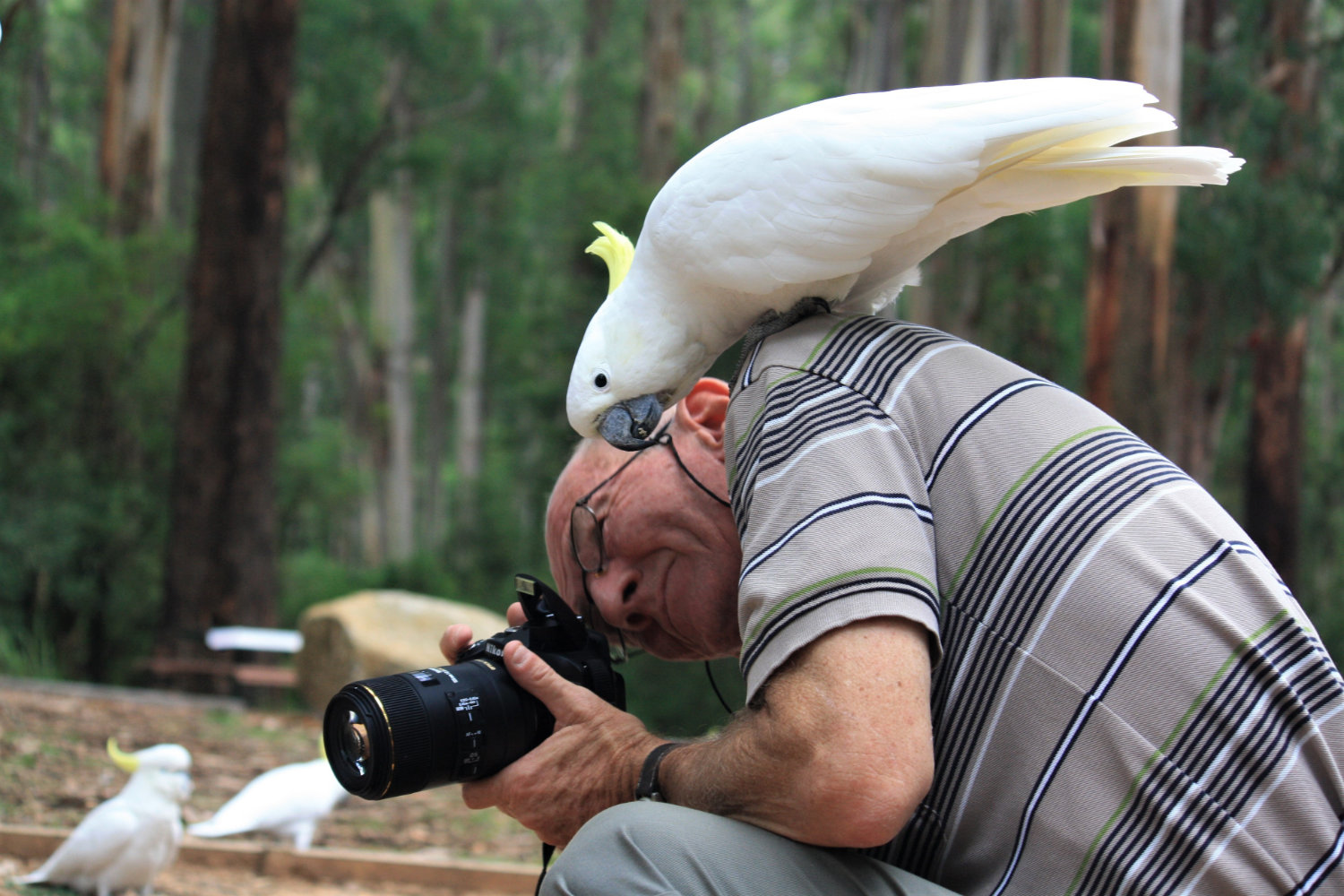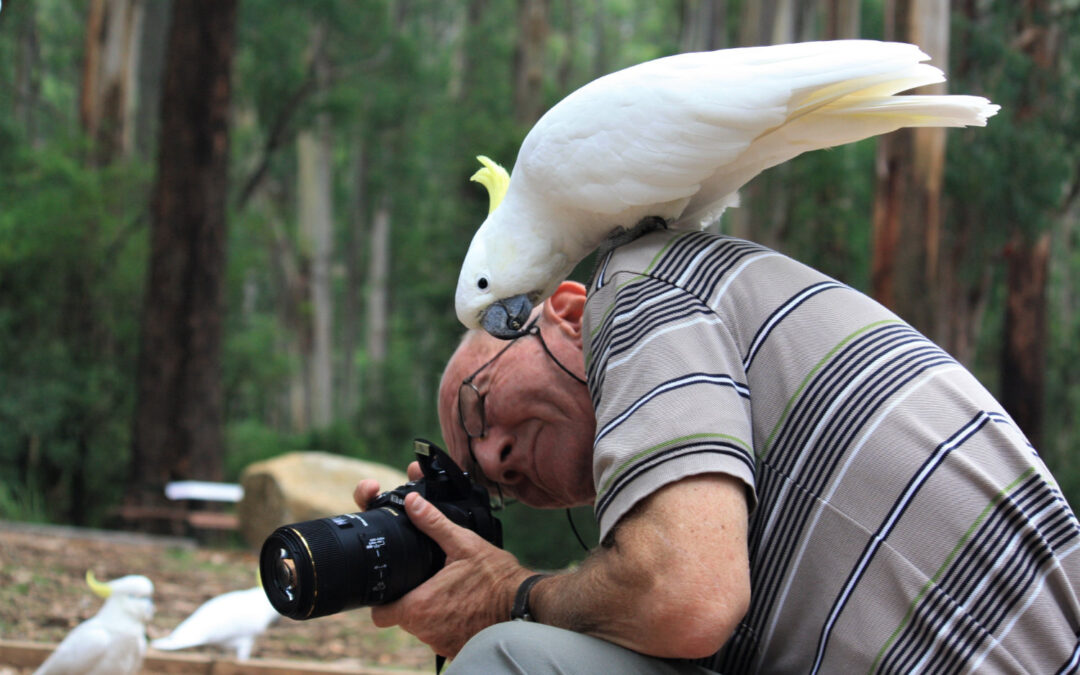The diverse ecosystems across the state of Victoria provide natural habitats for over 450 species of birds and attract birdwatchers from all over the world. From temperate rainforests to scrublands, alpine forest, wetlands, grasslands and seaside habitats, the environmental biodiversity of the state gives passionate birdwatchers many options.
Victoria’s state bird is the helmeted honeyeater (Lichenostomus melanops cassidix), a subspecies of the yellow-tufted honeyeater. About 20 cm in length, they are actually an endangered species with only 200 left at last count (in 2018). The best place to see the helmeted honeyeater is on the banks of the Woori Yallock Creek near Yellingbo east of Melbourne.
All around Melbourne in inner city and suburban backyards, on creeks, near rivers and by the seaside, thousands of birds live, breed and play, delighting birdwatchers and avian enthusiasts of all ages. Grab your field guides, identification books or apps and get started.
What is the best time to go bird watching?
The best time to see birds in their natural environment is early morning when they are stretching their vocal cords and welcoming the day, or at dusk when they are winding down and saying goodnight to the world. Book in for one of our private customised tours and you can be set up and ready to observe the avian world at a time that suits you, whether it’s a dawn concert or an evening song that most inspires.
Where to see birds in Victoria.
Lyrebirds are shy creatures, more often heard than seen, but patient, quiet twitchers can spot them in various locations around the state. Close to Melbourne, the trails in the hills throughout the Dandenongs are a great place to see them. You’ll also be able to observe currawongs, magpies, rosellas, fairy wrens and cockatoos in this area.
In Kinglake National Park, also close to Melbourne, you can see the gang-gang cockatoo, black cockatoos, a range of honeyeaters (crescent, brown-headed, white-naped, white-eared) robins, quail thrush, whipbirds, fantails and finches. The forest has replenished itself since the devastating bushfires that swept through the area in 2009 and now blooms with plant species that provide perfect habitats for our feathered friends.
At Point Nepean National Park, at the far end of the Mornington Peninsula, twitchers have the opportunity to see birds like hooded plovers and Australasian gannets in their preferred coastal environments. With Around and About small group tours you can customise a Mornington Peninsula day trip so that you can see the sights of this region, enjoy the towns, wineries and produce, as well as the birdlife.
The Great Otway National Park has a diverse range of habitats. The forests give shelter and homes to southern emu-wrens, blue-winged parrots and bowerbirds. In the coastal areas you can see the Rufous Bristlebird and, on occasion, the Southern giant petrel. While you walk the hiking trails, visit waterfalls and picnic by creeks you will spot plenty of birds living their best life.
How to get to bird watching locations in Victoria.
Book a tour for your bird watching group with Around and About Travel and we can create an itinerary that takes you exactly where you want to go. If it’s penguins that you love, join in our Phillip Island Penguin Tour and enjoy a day out exploring before you watch the little fairy penguins waddle up the shire to their burrows.
If it’s birds of prey you’re interested in, don’t miss our day trip to Healesville Sanctuary in the Yarra Valley. The Spirits of the Sky display, in the purpose-built flight arena, allows keepers to show off the magnificent power of the spectacular parrots, wedge-tailed eagles and black breasted buzzards that originate in the area. Feel the power of their mighty wings as they whiz overhead and interact with their trainers. It’s a spectacular demonstration that you will not want to miss.
Are you a twitcher? What are your favourite Victorian bird watching locations?
Share with us some of your favourite birds.
If you liked this article please share:
NewsLetter
Keep in touch. Subscribe to our blog for more Victorian travel stories
Tours From: $99.00



Recent Comments